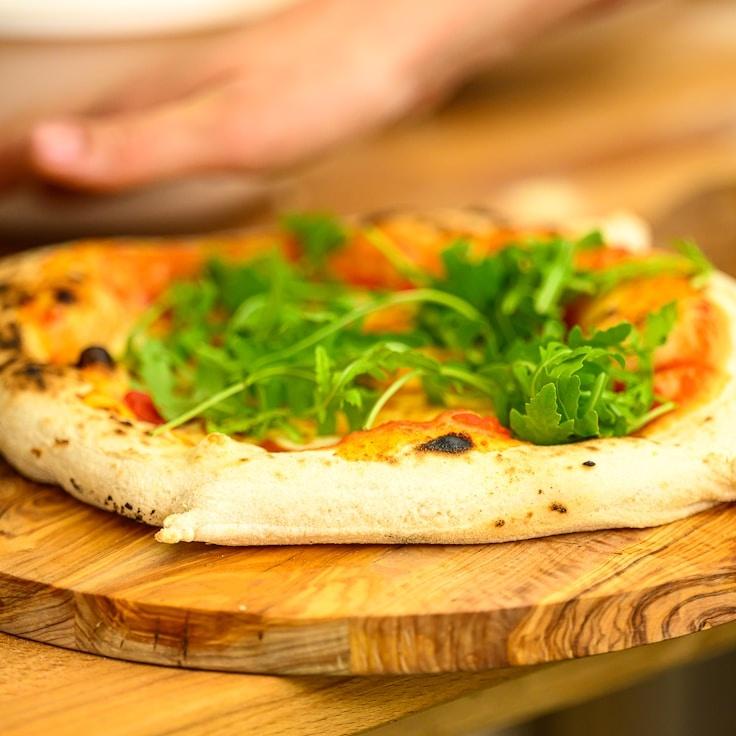Here at BriarStead, our philosophy posits that superior pizza is a product of superb dough. With over thirty years refining our technique, we're thrilled to disclose some of our top tips. Our precise recipe remains a cherished mystery, yet these guidelines will assist you in crafting pizzeria-caliber pizza dough in your own kitchen.
Choosing the Right Flour
Superlative pizza dough begins with the finest flour. We opt for 00 flour, an ultra-fine Italian variety that has a moderate protein content, typically around 12%, achieving an ideal blend of elasticity and softness. Should 00 flour be unavailable, a quality alternative is bread flour, notwithstanding a minor difference in consistency.
Understanding Water Temperature and Dough Hydration
The water's temperature plays a pivotal role in the fermentation duration and dough maturation. To foster slow fermentation, which enhances flavor, utilize water at a chilly 45°F (7°C). Conversely, for expedited fermentation, lukewarm water at around 85°F (29°C) is ideal. Aim for a hydration rate — the ratio of water to flour — of 60-70% for most residential ovens.
Less Yeast, Longer Fermentation
A crucial secret to a rich-tasting dough is reducing the yeast quantity and extending the fermentation period. A scant 0.2% fresh yeast in proportion to the flour mass allows for a 24-48 hour fermentation. This leisurely rise cultivates depth in flavor and yields a dough that's more agreeable to the digestive system.
The Functional Role of Salt
Salt does more than simply enhance the taste of your dough—it fortifies the gluten framework and moderates fermentation. We suggest employing fine sea salt at a rate of 2.5-3% of the flour's mass, introducing it once the flour and water are partially amalgamated, thus preventing direct contact with the yeast.
The Science of Fermentation
Subsequent to blending, give your dough a primary fermentation at ambient temperature for a couple of hours, then parcel it into individual balls. Stow these in sealed containers and refrigerate for 24-72 hours. During this cold fermentation, enzymes decompose the starches into sugars, begetting both the taste and the appealing browning seen in our pizza crusts.
Gentle Dough Handling
When primed for pizza creation, remove the dough from the chill of the refrigerator 1-2 hours prior to baking. Tend to the dough delicately to preserve the gas-filled pockets that have formed. Rather than flattening with a rolling pin, use your digits to coax and widen the dough, avoiding the deflation of those integral bubbles.
Heating: The Finishing Stroke
Despite our wood-burning ovens reaching a scorching 850°F (454°C), a standard home oven typically achieves no more than 550°F (288°C). To bridge this gap, use a pizza stone or a steel, both preheated for at least an hour. This ensures the strong bottom heat required for a crust that's simultaneously crisp and fluffy.
The mastery of pizza dough is an evolving adventure where each attempt teaches something new. We urge you to document your findings, tweak parameters, and find the optimal method for your home's cooking space.
For a live demonstration of our dough-making process, consider attending one of our monthly pizza workshops where Chef Anna showcases these skills in depth. Visit our events calendar to find forthcoming sessions!

